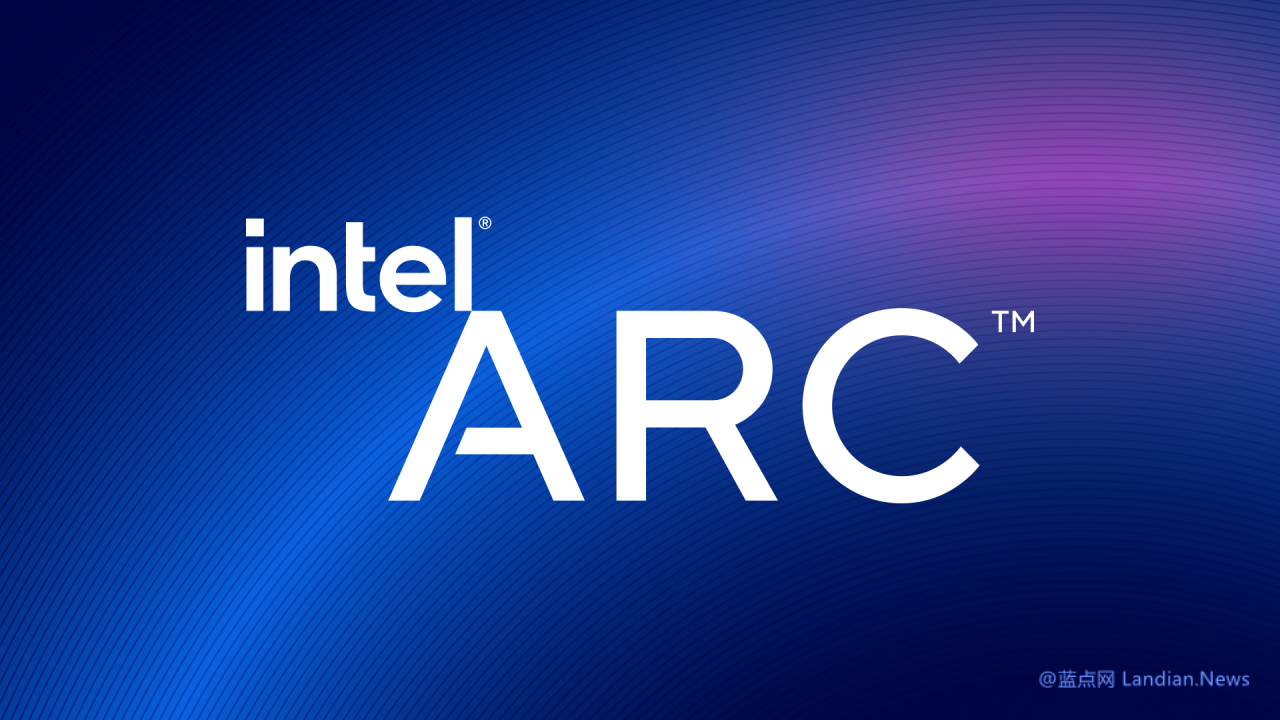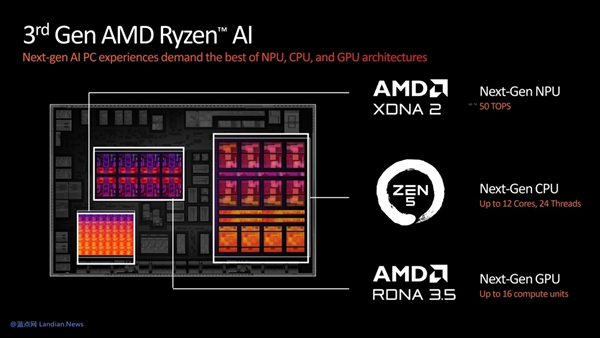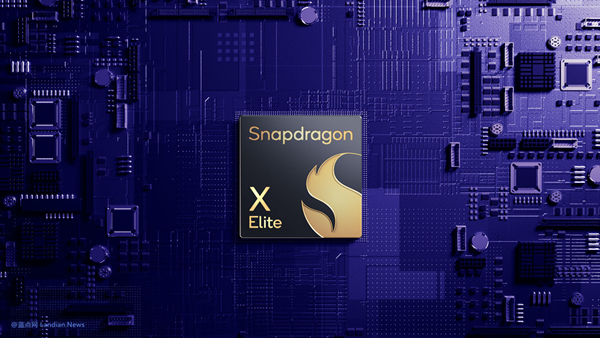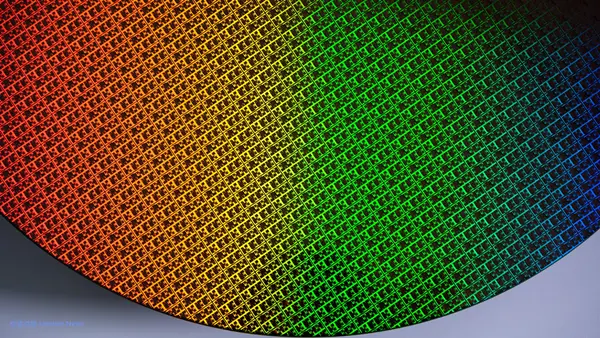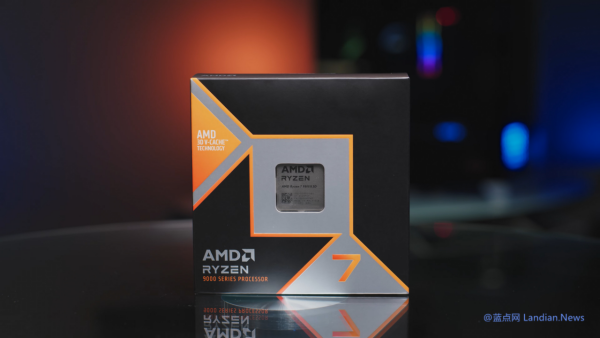Intel's Strategic Pivot: Abandoning CPU Memory Integration and Potentially Exiting Arc GPU Market
Intel has recently announced a significant shift in its hardware strategy, moving away from packaging memory inside CPUs. Future products will revert to a separate processor and RAM module configuration, abandoning the integrated 16/32GB memory chip approach seen in the Intel Core Ultra 200V series.
While integrating memory directly onto the CPU offers several benefits, such as reduced communication latency and saving internal space, the disadvantages have become apparent. For Intel, the costs of chip procurement and packaging have been increasing. This strategy shift may not be welcome news for device manufacturers, who, unlike Apple, typically offer a range of memory configurations across different products to manage costs and provide consumer options.
Another major development is Intel's reconsideration of its Intel Arc discrete graphics card business. Despite being a recent reentry into the discrete GPU market, Intel Arc has struggled to capture significant market share against rivals Nvidia and AMD. Intel CEO Pat Gelsinger hinted at a diminishing future demand for discrete GPUs as integrated graphics capabilities continue to improve.
This potential exit from the discrete GPU market marks Intel's second departure from dedicated graphics card production. The first Intel Arc discrete GPUs launched on March 20, 2022, and the decision to potentially discontinue this line after only two years suggests a significant strategic reassessment within Intel.
While Nvidia and AMD continue to bolster their GPU offerings, Intel's pivot away from these areas to focus on its core CPU business and factory production capabilities reflects a broader strategic reevaluation. Despite the importance of GPU technology for future data center applications, Intel's commitment to the x86 CPU architecture for personal and data center markets has raised concerns about the company's long-term direction.
However, this consolidation of focus might be a strategic move to navigate through current challenges by centering on its core competencies. With Intel's recent struggles, narrowing its business scope could provide a pathway to stability and growth.
As Intel contemplates exiting the discrete GPU market for the second time, the tech community is left wondering when or if Intel will attempt a third entry into the graphics card arena.
